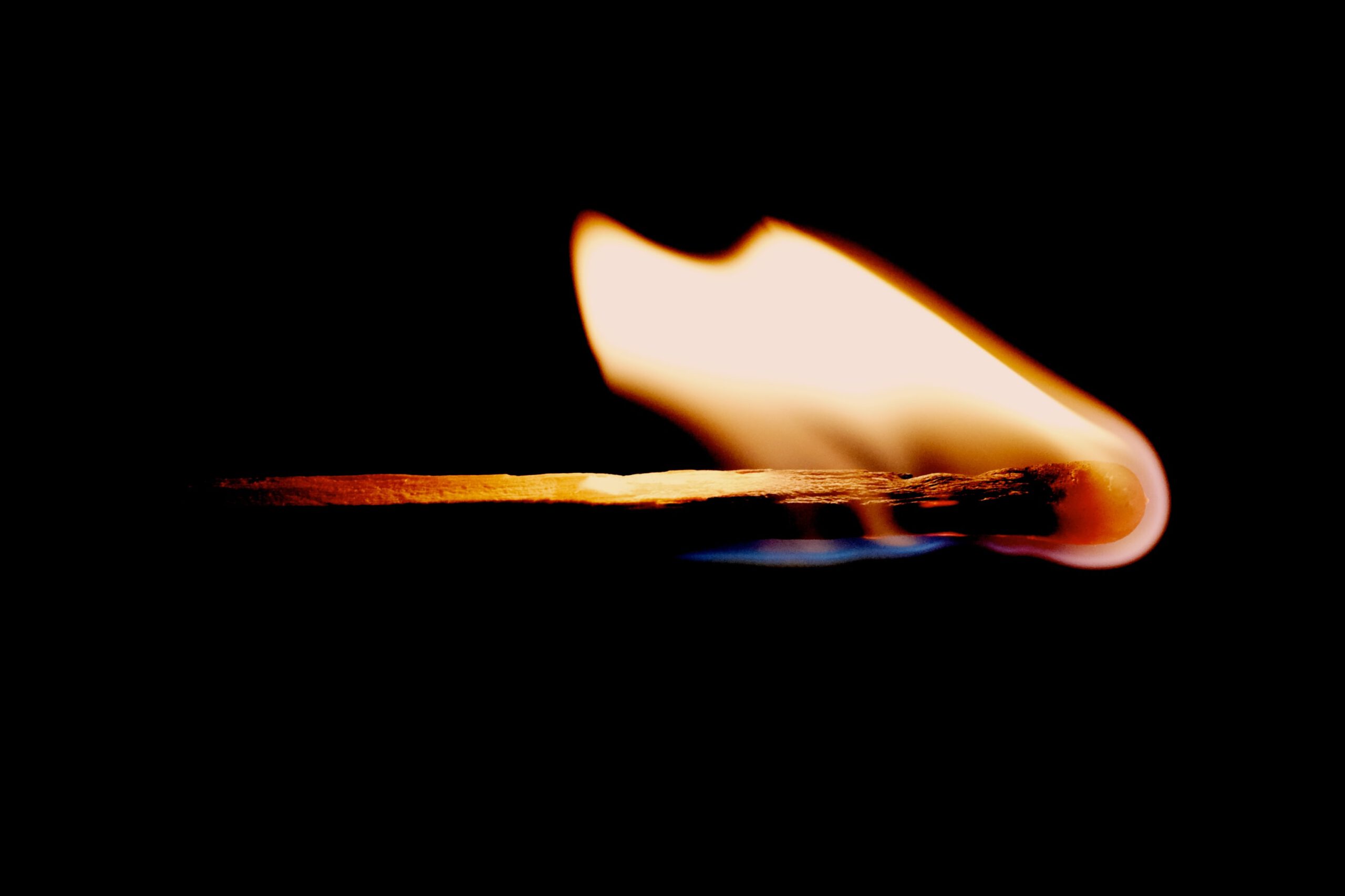Dealing with the aftermath of a house fire can be overwhelming. Although the immediate danger is over, there’s still a whole lot of cleanup and repairs to do. Wood is obviously particularly susceptible to fire damage, and unfortunately some of our most expensive and beloved objects are often made of wood. Millwork, cabinets, built-ins, bookshelves, closets, antiques and heirlooms – all are very expensive to replace, and some may hold emotional value as well. Fortunately, for some of these items it may be possible to refinish, repair, and restore them to their former glory.
Remove any remaining water.
There’s likely water and/or chemical residues left behind extinguishing the fire. It’s very important to dry everything out as soon as possible to prevent water damage and mold growth. If left wet for too long, wood may begin to warp and can become irreparably damaged. Mop up any excess water, and open windows and doors to air out your home. Fans and dehumidifiers can also help speed up the drying process.

Clean up soot.
Before you can start repairing or refinishing, you’ll need to make sure all of the soot residue is gone. Soot from dry smoke that is free of oils is the easiest to remove, and can be removed with the use of a HEPA vacuum or dry cleaning soot chemical sponges. Make sure not to scrub too hard with a sponge, as that can permanently embed the soot into the wood grain. Oily soot or wet soot is much harder to remove and much more dangerous when inhaled, and it’s best to leave this type of smoke damage to professional restoration services.
Decide what to repair and what to replace.
Once soot has been dealt with, you can begin evaluating which items are salvageable and which ones can’t be repaired. Unfortunately fire damage and smoke damage can do a lot of harm to wood items very quickly, but some types are easier to save than others. Solid wood is easier to salvage than pressed wood. Unfinished wood is much more vulnerable to fire damage than finished wood, because it absorbs a lot more soot and smoke odor.
Before disposing of a beloved antique or heirloom, however, consider consulting a restoration service. A professional restorer may be able to salvage objects that are seemingly beyond repair.
Deal with odor.
Smoke odor is notoriously stubborn and can be difficult to remove after being embedded in porous surfaces like wood. How strong the smell is correlates directly with the amount of smoke from the fire – the more smoke damage, the stronger and more stubborn the odor.
You may be able to eliminate some or all of the odor yourself. Airing out your home is an important first step. Baking soda is great for absorbing odors; leave out some bowls of it around the house, or sprinkle a generous amount on surfaces and let it sit for several hours (or even a few days if possible) before vacuuming it up. Vinegar is also useful for removing smells; use a solution of dish soap, vinegar, and warm water to wipe down surfaces. If odor still persists, it may be time to contact a restoration service, as they will have specialized tools to handle particularly stubborn smells.
Contact us if you’re trying to save wood or millwork from fire damage or smoke damage. We will salvage as many belongings as possible and bring your home – and your life – back to normal.


